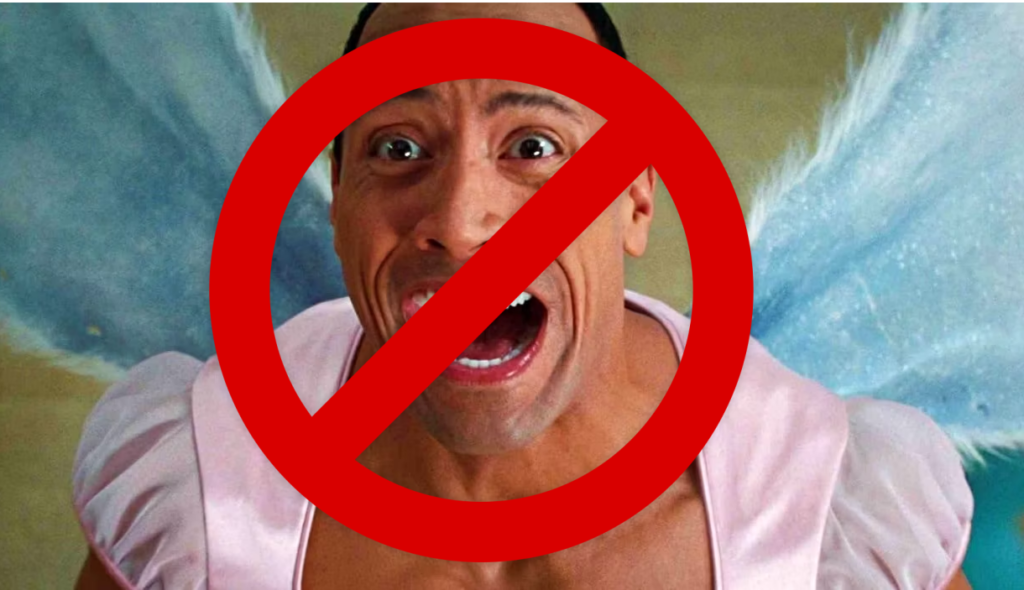“We will give you some clues throughout the room, however, you MUST ask for a hint to be given one.”
This was rule #11 at an escape room I went to recently with my family (we did not escape in time). It is as true for the escape room as it is for understanding and complying with risk-based standards.
On a somewhat related note, the Alcohol and Gaming Commission of Ontario (AGCO) has released guidance to support its revised Registrar’s Standard (Standard) related to advertising. The new Standard will come into effect on February 28, 2024. See below for the finalized revisions to the Standard:
Old Standard New Standard (as of February 8, 2024)
At a minimum, materials and communications shall not: At a minimum, materials and communications shall not:
Requirement 3 Contain cartoon figures, symbols, role models, and/or celebrity/entertainer endorsers whose primary appeal is to minors.
Use or contain cartoon figures, symbols, role models, social media influencers, celebrities, or entertainers who would likely be expected to appeal to minors.
Requirement 4 N/A
Use active or retired athletes, who have an agreement or arrangement made directly or indirectly between an athlete and an operator or gaming-related supplier, in advertising and marketing except for the exclusive purpose of advocating for responsible gambling practices.
Requirement 8 Entice or attract potentially high-risk players. Instead, precautions shall be in place to limit marketing communications to all known high-risk players.
Entice or attract potentially high-risk players. Instead, measures shall be in place to limit marketing communications to all known high-risk players.
In the time between the AGCO announcing amendments to the Standard (August 29, 2023) and releasing guidance to support the implementation of the revised Standard (February 8, 2024), the AGCO has worked with registered iGaming operators and other impacted stakeholders to “help ensure successful implementation of the new requirements”.
As a result, the guidance to support implementation of the revised Standard is extensive. This reflects the voluminous feedback received by the AGCO following the announcement of the revised Standard (though we note that the revised Standards have not changed as a result of the feedback).
Here are three main points from the AGCO’s guidance that caught our eye:
The AGCO notes that there is no “prescriptive definition” (such as follower count) to determine if an influencer or celebrity is famous enough to be captured by Requirement 3, instead you should consider what type of celebrity they are, and which audiences they appeal to. If they are likely to appeal to minors then you could be found in violation of Requirement 3. As an example, this means that Dwayne “The Tooth Fairy” Johnson would likely not be eligible to appear in any gambling ads after February 28th.
Note that, for Requirement 4, “athlete” includes both professional and amateur athletes, including examples like darts and bowling players. Unfortunately, that means the Standards likely prohibit Canadian pinball athletes.
Under Requirement 4, athletes are still allowed to appear in ads that are intended to primarily promote responsible gaming, and the AGCO has provided some expected guidance on what these ads should look like. These ads:
Shall not portray gambling as appealing or fun;
Shall not teach individuals how to gamble;
Must ensure that responsible gambling is the focus of the advertisement for its duration, and not merely mentioned in passing; and
May use an operator brand.
These are just the sections of the guidance that we thought were interesting, but if you’d like to read the whole thing for yourself it can be found HERE. What sections of the guidance or standards caught your eye?
If you have any compliance-related concerns about the Standards, reach out to us at GME Law and we’ll help you escape your regulatory confusion.




